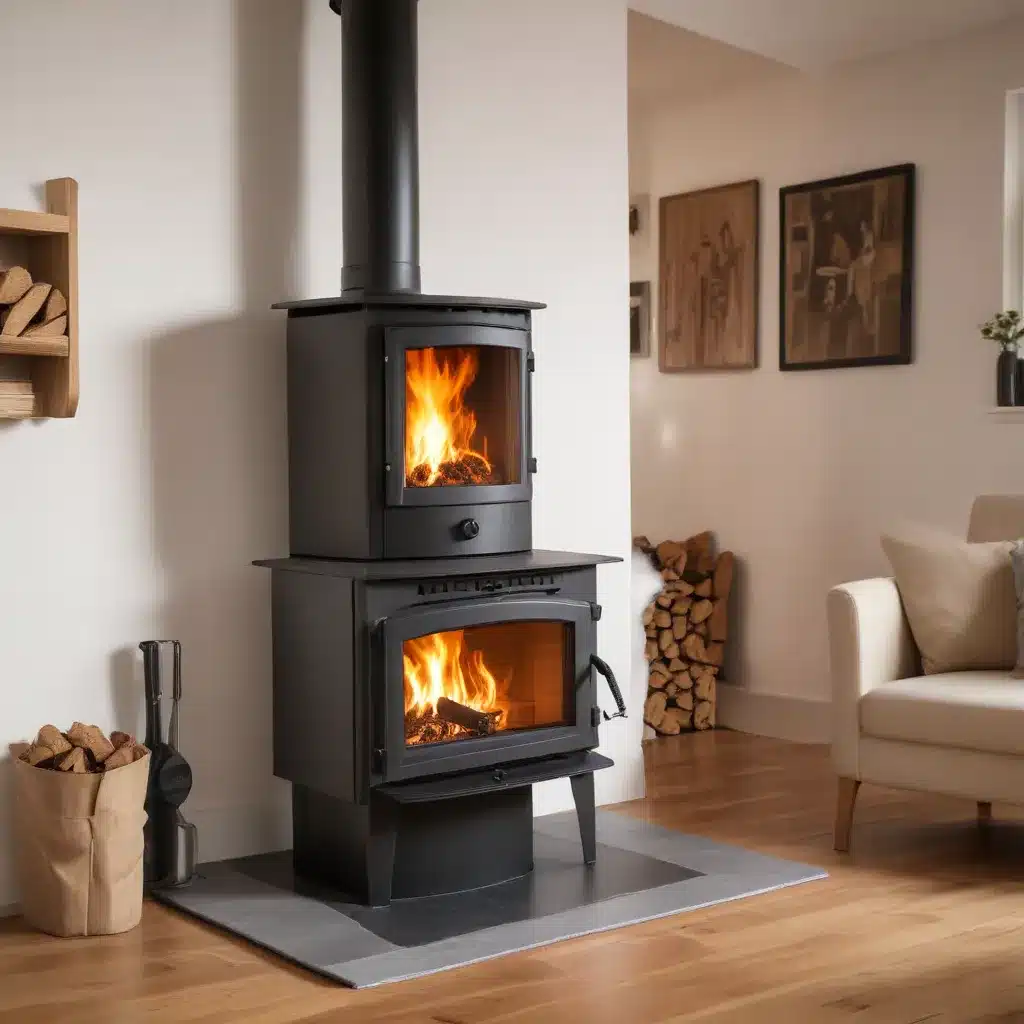
Unlocking the Full Potential of Your Wood Stove
As a seasoned expert in wood stove heating solutions, I’m here to share practical tips and in-depth insights to help you extend the heating season and maximize the efficiency of your wood stove. Whether you’re dealing with the challenges of new high-efficiency models or seeking ways to prolong your burn times, this comprehensive guide will empower you to take control of your home’s heating and stay cozy all season long.
Understanding the Efficiency Debate
One of the key points raised in the Reddit discussion was the sales manager’s claim that newer high-efficiency wood stoves may not perform as well as older models when it comes to heating a home effectively. While there’s some merit to this perspective, it’s important to understand the nuances behind the efficiency debate.
The introduction of stricter emissions regulations has indeed pushed manufacturers to develop wood stoves with improved combustion efficiency. These modern appliances are designed to burn wood more cleanly and with less waste, which can result in a perceived decrease in raw heat output. However, this doesn’t necessarily mean they are less effective at heating a space.
Modern high-efficiency wood stoves often feature advanced technologies, such as secondary combustion chambers and better airflow control, that allow for a more complete and efficient burn. This can translate to longer burn times, reduced fuel consumption, and a more consistent heat output – all of which contribute to an overall more effective heating solution.
Extending Your Burn Times
One of the key factors in maximizing the heating potential of your wood stove is optimizing your burn times. As the Reddit user mentioned, even with seasoned oak splits, they were only able to achieve around 5 hours of usable heat before the stovetop temperature dropped significantly.
To extend your burn times, consider the following strategies:
Proper Wood Preparation
Ensure that your firewood is properly seasoned, with a moisture content of 20% or less. Well-seasoned wood will burn more efficiently, producing longer-lasting and hotter flames. Split your logs into appropriately sized pieces to promote better airflow and combustion within the firebox.
Firebox Loading Techniques
Experiment with different loading techniques to find the optimal arrangement for your stove. Try the “top-down” method, where you start with the largest logs on the bottom and build up smaller pieces on top. This can help establish a longer-lasting bed of coals.
Air Control Management
Mastering the air intake controls on your wood stove is crucial for extending burn times. Start with a fully open air supply to get the fire going, then gradually reduce the air intake as the fire stabilizes. This will help maintain a steady, low-oxygen burn that can last for several hours.
Insulation and Sealing
Ensuring your home is well-insulated and any drafts are sealed can also contribute to longer burn times. The more efficiently your home retains the heat generated by the wood stove, the less fuel you’ll need to keep it warm, allowing your stove to run for extended periods.
Maximizing Heating Efficiency
In addition to extending your burn times, there are several strategies you can employ to maximize the heating efficiency of your wood stove:
Proper Stove Sizing
Ensure that your wood stove is appropriately sized for the space you’re trying to heat. An oversized stove may struggle to maintain a steady, efficient burn, while an undersized stove will work overtime, potentially leading to increased fuel consumption and shorter burn times.
Supplementary Heating
Consider incorporating supplementary heating sources, such as electric or propane heaters, to help maintain a comfortable temperature in your home during the shoulder seasons or when your wood stove needs a break. This can help extend the overall heating season while still relying on your wood stove as the primary heat source.
Maintenance and Cleaning
Regular maintenance and cleaning of your wood stove and chimney system are crucial for maintaining optimal efficiency. Buildup of creosote or ash can restrict airflow and reduce heat output, so be diligent in keeping your system well-maintained.
Thermal Mass Storage
Explore the use of thermal mass storage, such as masonry heaters or heat-retaining stove designs, to store and slowly release the heat generated by your wood stove. This can help extend the warmth throughout the day and reduce the need for constant refueling.
Staying Safe and Informed
As you work to extend the heating season with your wood stove, it’s essential to prioritize safety and stay informed about the latest advancements in wood stove technology and regulations.
Familiarize yourself with any local codes or ordinances that may impact the installation, operation, or maintenance of your wood stove. Additionally, be mindful of the potential health and environmental risks associated with wood smoke, and ensure proper ventilation and air filtration measures are in place.
By combining practical tips, a thorough understanding of your wood stove’s capabilities, and a commitment to safety, you’ll be well on your way to maximizing the heating potential of your trusted wood stove and staying cozy all season long.
Conclusion
Mastering the art of wood stove heating is a journey, but with the right knowledge and strategies, you can extend the heating season and get the most out of your investment. Whether you’re dealing with the challenges of new high-efficiency models or seeking ways to prolong your burn times, this comprehensive guide has provided you with the insights and tools to take control of your home’s heating and stay warm and comfortable all winter long.
Remember, staying informed, practicing proper maintenance, and continuously experimenting with different techniques will be key to unlocking the full potential of your wood stove. Happy heating!


